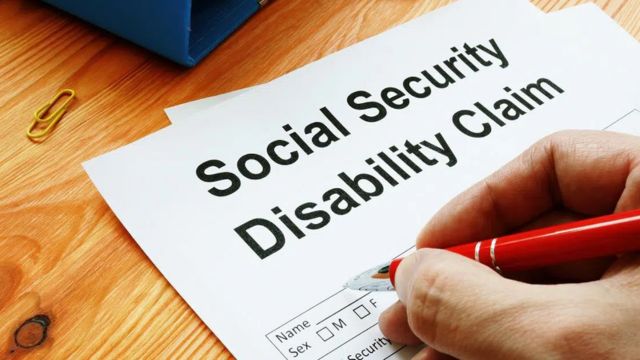Millions of Americans who receive Social Security Disability Insurance (SSDI) may not realize how this benefit interacts with other forms of public assistance—and that misunderstanding could cost them vital support.
SSDI is a federal program designed to provide financial support to individuals who can no longer work due to a disability. While it offers crucial monthly income, confusion often arises about how this benefit affects eligibility for other programs such as SNAP (Supplemental Nutrition Assistance Program), Medicaid, or housing assistance.
Does SSDI Disqualify You from Other Benefits?
The short answer: not necessarily. A common misconception is that accepting SSDI automatically disqualifies recipients from receiving other aid, but this isn’t always the case. In fact, in many situations, SSDI can be a stepping stone to additional support.
Eligibility for other assistance depends on several factors:
- Type of assistance program
- Household income (including SSDI)
- State-specific rules and requirements
Each case is evaluated individually, and understanding the details can help recipients preserve and even expand their access to critical resources.
Key Program Interactions with SSDI
Medicare: One of the most direct benefits of SSDI is automatic enrollment in Medicare after 24 months of receiving disability payments. This ensures long-term medical coverage, especially valuable for those who may not qualify for Medicaid due to income limits.
Medicaid: In states that have not expanded Medicaid under the Affordable Care Act, some SSDI recipients may earn too much to qualify. However, Medicaid eligibility varies by state, and other criteria may help SSDI recipients qualify under specific categories.
SNAP (Food Assistance): SSDI is considered income for SNAP eligibility, but special deductions for people with disabilities can help. For instance, out-of-pocket medical expenses may be subtracted from income totals, increasing the likelihood of qualifying.
Housing Assistance: Programs like Section 8 consider SSDI as part of household income. However, SSDI recipients often qualify for rent subsidies, especially if other household income is limited.
LIHEAP: The Low Income Home Energy Assistance Program helps cover heating and utility bills for qualifying households. SSDI recipients may be eligible if their total household income falls below the threshold.
State and Local Aid: Many states offer additional support—such as transportation discounts, utility relief, or local tax benefits—for people with disabilities. Often, SSDI approval serves as proof of eligibility.
Getting the Most Out of SSDI
For SSDI recipients looking to expand their benefits, it’s essential to:
- Understand how your income is calculated for each program.
- Document medical expenses and disability-related costs that may reduce your countable income.
- Stay informed about both federal and state-level programs, as rules can vary significantly.
Websites like Benefits.gov offer personalized assessments based on your income, household size, and state of residence. Additionally, the my Social Security portal provides access to benefit letters and other useful tools for managing SSDI and applying for additional help.
The Bottom Line
Receiving SSDI does not mean you’re ineligible for other public assistance. In fact, SSDI can unlock access to a wide range of programs that can significantly improve quality of life. The key is knowing what’s available and how to apply.
Don’t leave benefits on the table—explore your options and make SSDI work harder for you.











Leave a Reply